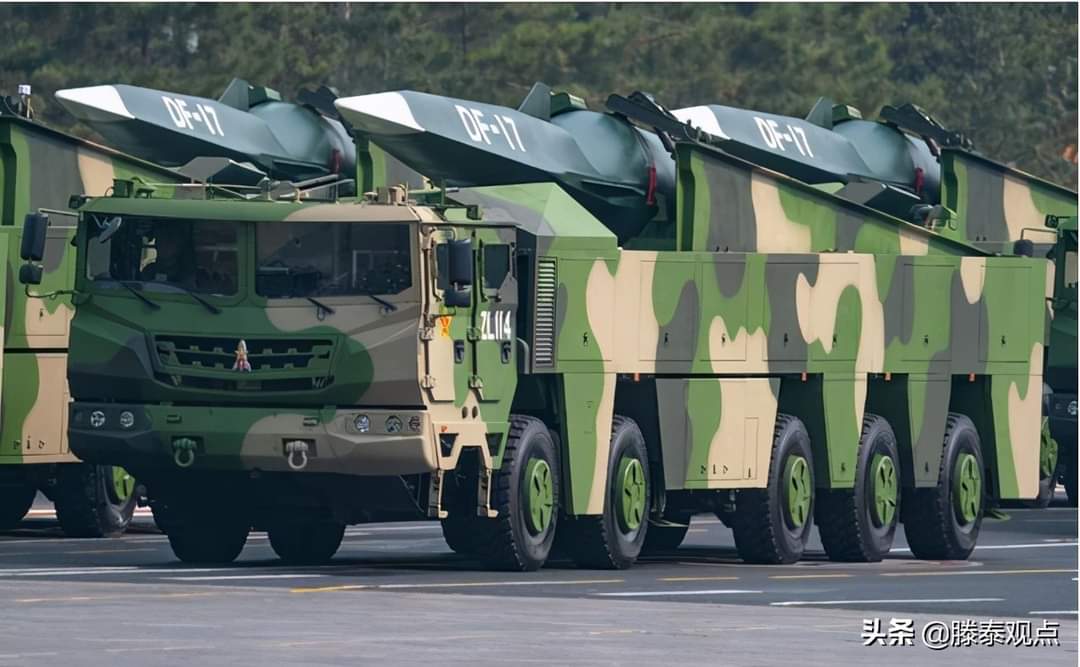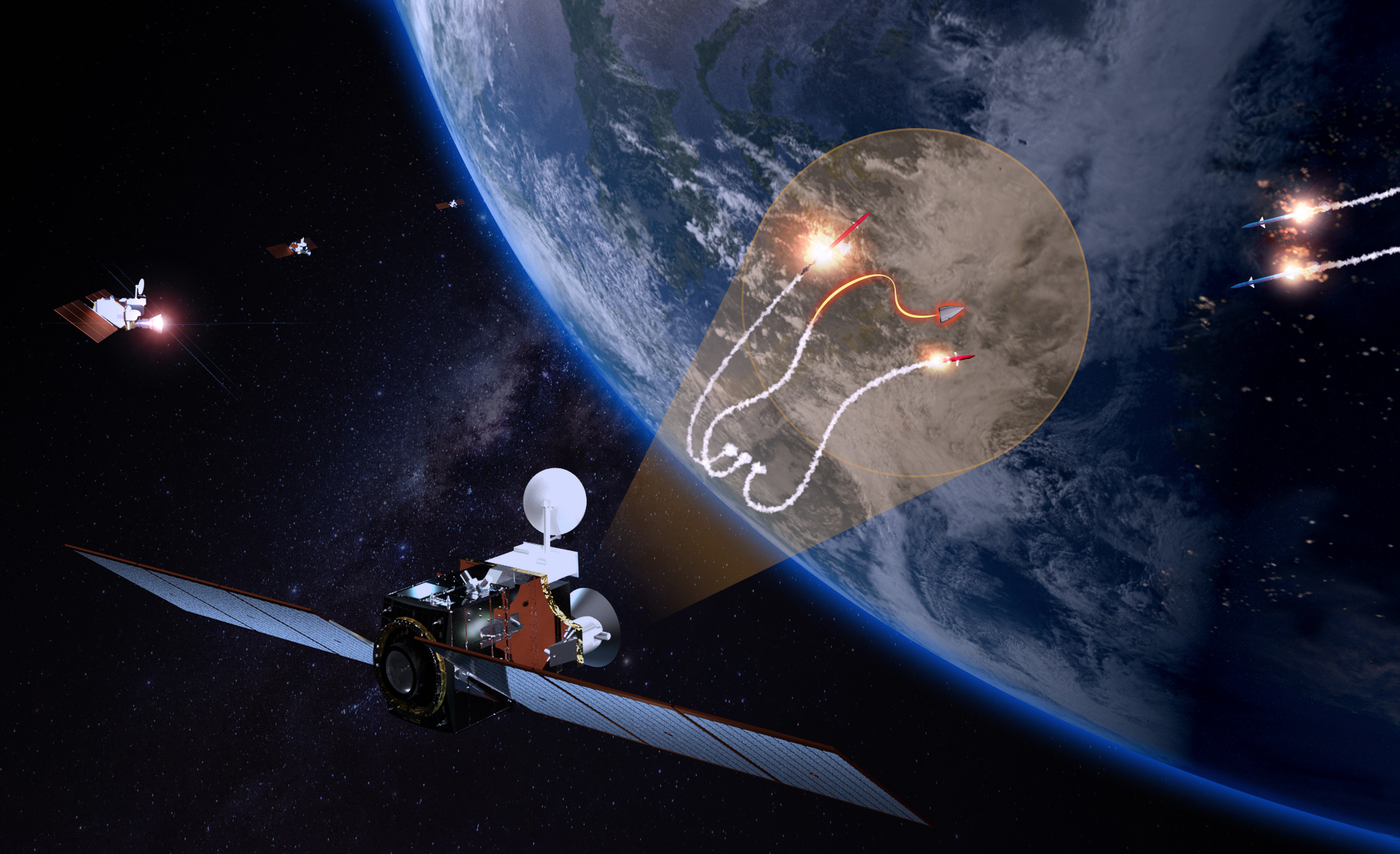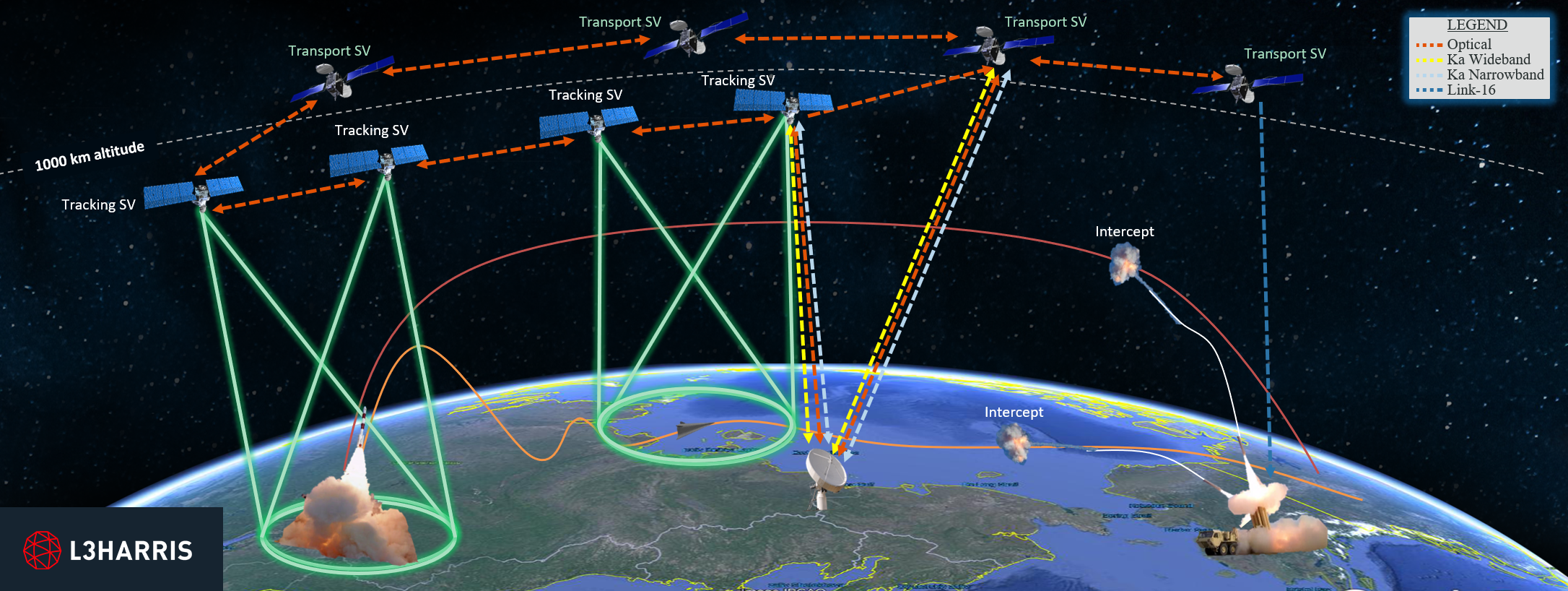The US Space Development Agency (SDA) announced two new contracts for a constellation of missile tracking satellites to detect and track the Chinese and Russian hypersonic missiles. The contracts were announced on July 18 and awarded to L3Harris and Northrop Grumman.
Russia Shoots Down Its ‘Brand New’ Sukhoi Fighter Jet While Conducting Raids Over Ukraine — Reports
The two companies beat the competition from five other contractors for the contract to develop the SDA’s ‘Tranche 1 Tracking Layer’, consisting of 28 satellites in Low Earth Orbit (LEO).
Each company will build 14 satellites under an Other Transaction Authorities (OTA) contract, as part of which L3 Harris is awarded an agreement with a potential value of approximately $700 million, and the Northrop Grumman award has a potential value of about $617 million, according to SDA’s press release.
The satellites are expected to be launched by 2025 and will be flown from SDA’s Operations and Integration Centers at Grand Forks Air Force Base, ND, and Redstone Arsenal, Alabama.
Once placed in LEO, the Tranche 1 Tracking Layer will be the first US defense system to provide global missile detection and tracking coverage. Currently, the US has geostationary satellites that can detect launches of short-range and intercontinental ballistic missiles (ICBM) but are not capable of tracking the latest maneuvering missiles like hypersonic glide vehicles (HGVs).
“Historically, we have not flown satellites designed to go after and detect the hypersonic maneuvering vehicles,” SDA Director Derek Tournear told reporters after announcing the contract.

Satellites Can Detect Hypersonic Missiles
According to Tournear, the Tracking Layer satellites can track fast-moving hypersonic missiles “throughout the entire flight” and forecast their “impact point” by sensing changes in heat during launch and the following maneuvers.
Russia’s use of hypersonic weapons in Ukraine and China’s rapid progress in hypersonic missiles might have concerned top military officials in the US, as currently, only these two countries have operational hypersonic weapons. The US is yet to have one.

Therefore, alarmed by the growing Chinese and Russian hypersonic threat, US Congress directed extra funding of $550 million in the Pentagon’s 2022 budget for procurement of Tranche 1 Tracking layer satellites so that they could be launched by 2025, rather than the initially planned schedule of 2026.
“Our adversaries, primarily Russia and China, have been developing in and testing hypersonic glide vehicles, these advanced missiles that are extremely maneuverable, and so these satellites are specifically designed to go after that next-generation version of threats out there,” Tournear said.
Pentagon’s Multi-Tranche Architecture Of Satellites In Space
The Tranche 1 Tracking Layer will form a part of the overall ‘tracking layer’ of the Pentagon’s National Defense Space Architecture (NDSA) which is planned to be a multi-tranche architecture of satellites aimed at tracking, positioning, navigation and timing, and warfighter communications.
The Tranche 1 Tracking Layer will add to the coverage of its forerunner Tranche 0 Tracking layer, which is the first-generation layer consisting of 8 missile-warning satellites.

The SDA awarded contracts to SpaceX and L3Harris Technologies in 2020 to build four satellites each for Tranche 0 Tracking layer. The satellites will be equipped with ‘wide field of view’ (WFOV) overhead persistent infrared (OPIR) sensors.
These satellites will be positioned very close to the Earth’s surface than the existing geostationary missile tracking satellites fielded by the US Space Force, so their field of vision will be limited.
Therefore, the WFOV satellites must work together to track globe traversing hypersonic missiles.

The broad idea is that once the first satellite picks up a threat, it will begin tracking it until it loses sight of the threat over the horizon. During that time, it is expected to transmit its tracking data to other satellites, which will be ready to pick it up, and the process will continue.
The tracking satellites will send data over the ‘Transport layer,’ a separate constellation of communication satellites. Once in orbit, the Transport layer will enable the fast, secure, and long-distance transfer of massive amounts of data through an optical inter-satellite link (OISL)
In 2020, SDA awarded Lockheed Martin & York Space Systems contracts for ten satellites each that will form the Trance 0 Transport Layer.
A total of 28 Tranche 0 satellites are expected to launch in two sets of 14, the first in September this year and the second in March 2023.
Furthermore, in February, the SDA announced $1.8 billion contracts to Lockheed Martin, Northrop Grumman, and York Space Systems to provide 42 satellites each for Tranche 1 Transport Layer.
- Contact the author at tanmaykadam700@gmail.com
- Follow EurAsian Times on Google News




